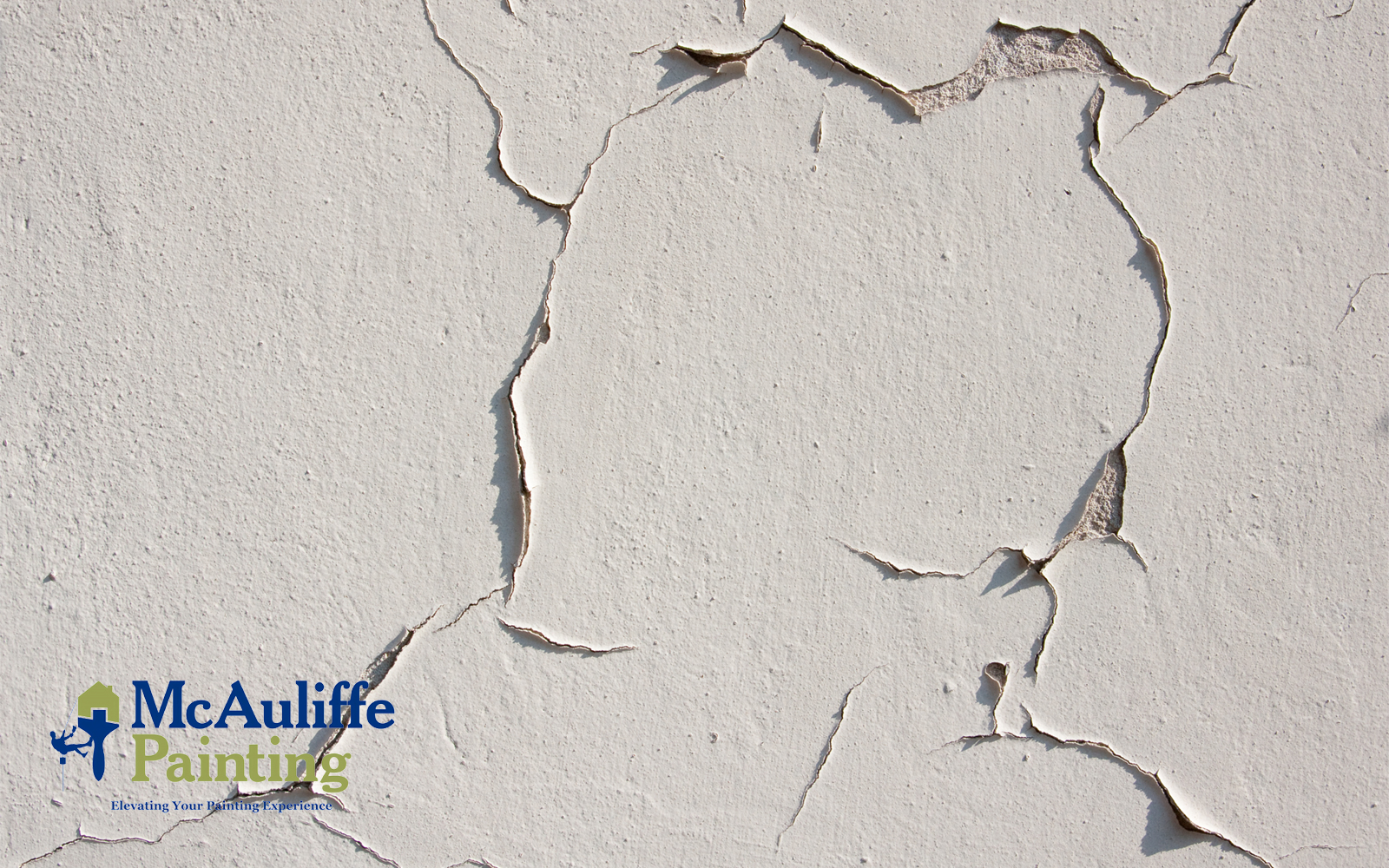
Peeling paint is an issue that can happen on surfaces like walls, ceilings or even painted objects such as trim. The reasons behind peeling paint can differ often related to problems with moisture, inadequate surface preparation, incompatible paint layers and exposure to the elements. It can be unsightly, giving your home a neglected appearance. However, don’t worry. With this strategy you can say goodbye to this problem and bring back your home’s pristin look.
Understanding Peeling Paint Mysteries:
When paint starts to peel it means that the top layer of paint is coming off the surface below causing it to flake, chip and leave spots. Although it might appear as a minor issue, peeling paint can escalate into serious issues if ignored. It’s important to pinpoint the underlying reasons to tackle this problem effectively.
Before we dive into solutions, it’s essential to understand what causes paint to peel in the first place. There are two main culprits behind peeling paint, first is moisture and another one is dryness.
Moisture Madness: The Most Common Causes of Peeling Paint
Similar to how a sponge absorbs water, walls have the ability to soak up moisture from sources. This moisture can lead to the detachment of paint from the surface resulting in those flakes and peels. There are reasons why this may happen:
- Leaky Pipes or faucets: It’s important to inspect for any concealed leaks behind walls or beneath sinks as even a small leak can lead to significant issues in the future.
- Concerns in bathrooms and laundry areas: The consistent humidity present in these spaces can negatively impact the paint. Proper ventilation is essential for maintaining the integrity of the paint.
- Issues with the roof: A leaking roof enables water to penetrate your walls causing peeling on both the exterior surfaces.
Dry Days, Peeling Ways:
In rough environments paint may begin to peel, similar to how our skin becomes dry and flaky during the winter months. This tends to occur in challenging conditions. Here are some key points to remember:
Exposure to the sun: Direct sunlight may cause paint to become dry on walls over time.
Controlling the climate: Keeping heaters on continuously in climates can remove moisture from the air impacting the condition of your paint.
Troubleshooting the Issue: A DIY Approach
Before you start fixing things it’s crucial to figure out what’s causing the problem. Here’s a simple test for you:
Lightly touch the peeling spot: Does it feel mushy or wet? This indicates damage due to moisture.
Is most of the peeling happening on walls facing south? The sun exposure might be the reason.
Does the peeling get worse in winter? It could be caused by dryness, from heating or cooling.
Effects of Peeling Paint:
Peeling paint isn’t just an eyesore, it’s like a faded memory that refuses to fade away. Allow me to explain the consequences of neglecting this minor issue.
Structural Damage:
When paint starts peeling it can weaken the structure of your walls or surfaces. As the paint flakes off it exposes the material to weather conditions leaving it vulnerable to water damage, decay and potential insect invasions. Picture small openings forming as cracks and gaps that invite visitors gradually undermining the stability of your living or working environment.
Health Risks:
Paint that is coming off can be a health hazard, in structures where lead based paints were previously popular. When these paints start to deteriorate they can emit particles into the atmosphere endangering both grown ups and kids with the risk of lead poisoning. Even new paints might have compounds (VOCs) that could trigger breathing problems or worsen allergies if they are released into the air.
Aesthetic Degradation:
When paint starts peeling it quickly ruins the look of a surface. The sight of flaking paint can give off an impression of neglect and age making your home or property appear attractive overall.
Remedy to Fixing the Peel:
Addressing peeling paint requires a systematic approach to identify and rectify underlying issues while restoring the integrity of affected surfaces.
Address the moisture source:
Make sure to address the source of moisture by fixing any leaks, enhancing ventilation, in bathrooms and laundry rooms and maintaining the roof properly.
Remove loose paint : Get rid of paint by using a scraper or sander to eliminate any peeling or flaking paint.
Clean your surface : Clean the surface thoroughly by washing it with a sugar soap solution to remove any dirt and grime.
Prime Time :Apply a high quality primer that’s suitable for the surface and the type of paint you are using.
Paint perfectly : Finish off by painting two coats of high quality paint that is specifically made for either your interior or exterior walls.
By following these guidelines and being proactive you can bid farewell to the issue of paint peeling. Welcome a well kept exterior for your home that will surely impress your neighbors.
If you’re dealing with peeling or feeling uncertain about the cause it’s an idea to reach out to a local & experienced painting company such as McAullife Painting. Our skilled team can identify the issue, suggest the solution and have your walls looking perfect in no time.
Keep in mind that some investigative work and using the strategy can turn your peeling paint issue into an attractive fix!
